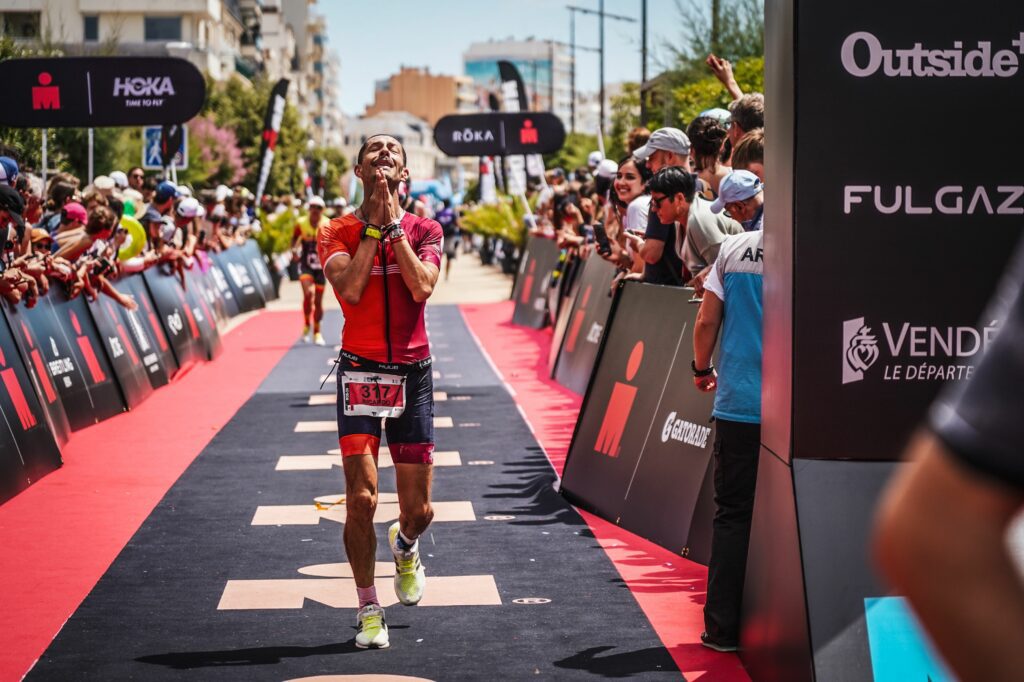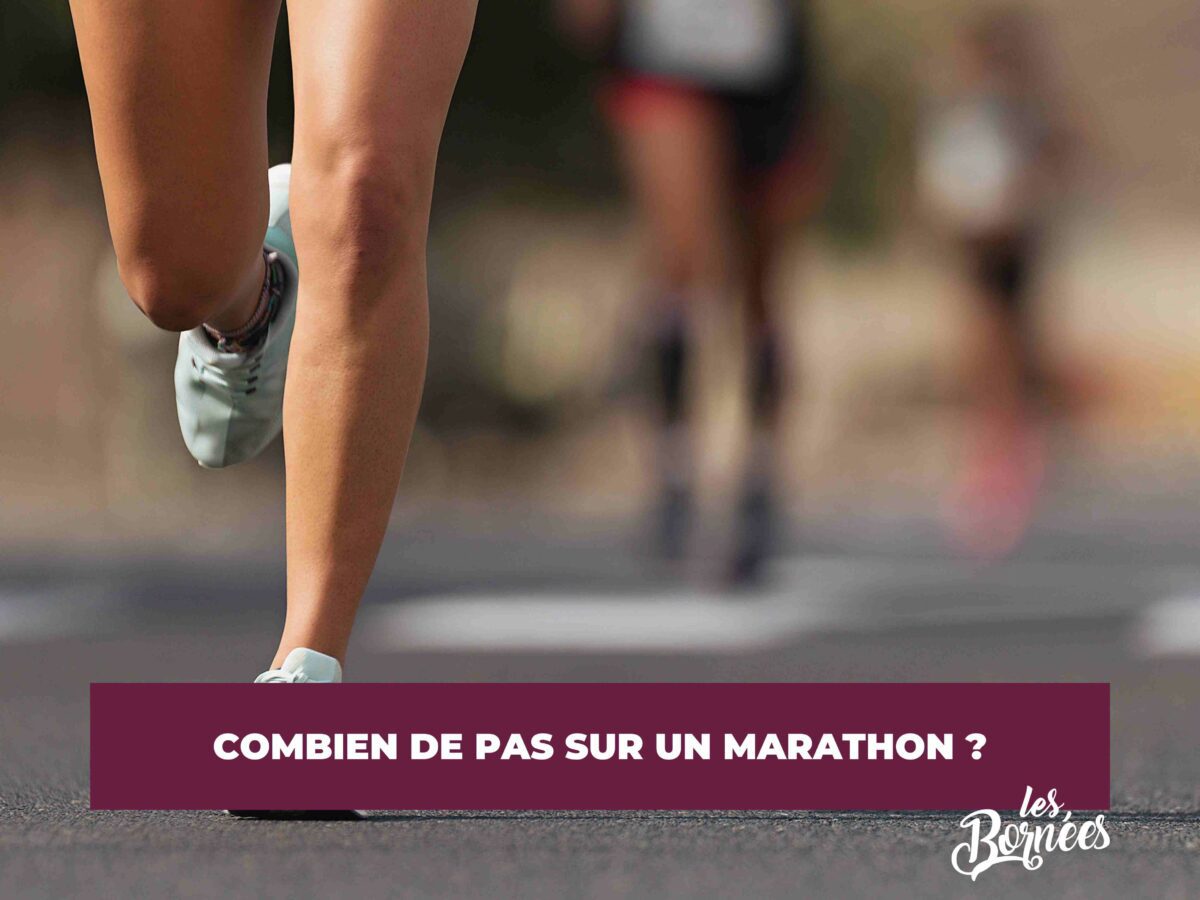
Unusual figures for the legendary 42.195-kilometre race
Are you tempted by the idea of a marathon and have a thousand and one questions about it? This article will certainly enlighten you on some of its aspects, but above all we’d like to give you something to shine over during your meals with family or friends.
42.195 kilometers, a Greek legend or the London Games behind this very special distance?
We’ve all wondered where the last 2,195 metres of this race came from (terrible for those who’ve already tackled the distance). This distance is explained by the intersection of two stories, one set in 490 BC, the second in 1908. First, the story of the Greek messenger Philippides, who ran from Marathon to Athens to announce the Greek victory over the Persians. With the two cities separated by 40km, we have our first explanation. The vicious 2,195 meters were added in 1908 for the London Olympics, with a start at Windsor Castle and a finish in front of Edward VII’s royal box at White City Stadium, giving an exact distance of 26.2 miles, or 42.195 kilometers.
Average number of strides to cover 42.195 kilometers
If you’re wondering how many steps you take over a marathon distance, start by asking yourself how long your stride is. Yes, where Elisha Rotich boasts a stride length of just 24,000 or so, that number can rise to over 50,000 for the last few over the distance, enough to shatter your Health app’s record.
Percentage of dehydration
If we don’t take into account hydration, which is obviously essential during such a physical effort (it’s recommended to drink 10 to 15ml of water every 15 minutes during the race), the dehydration of a person completing a marathon is quite impressive. Humans can lose up to 2.5L of water per hour during a high-speed race. If you take a marathon runner who takes 4 hours at a moderate pace, that’s at least 5 liters of water lost. What’s more, a water loss of 2 to 4% of body weight is synonymous with a 20% loss in neuromuscular efficiency, which can have a serious impact on performance. So stay hydrated!
Number of calories burned
Once again, this figure depends largely on individual characteristics (weight, height, metabolism), but also on the time taken during the race. On average, over 2,000 calories are burned during a marathon, which is the recommended daily intake. This underlines the importance of eating well during the race, but also afterwards, to allow the body to recover properly from this often unusual effort.
Unprecedented quantities of food to be supplied
Speaking of food, let’s talk about refreshments. Refreshments are an essential aspect of the race, both for the organizers and for the runners. While many runners prefer to use pre-prepared, training-tested refreshments (gel, compotes, etc.), it’s nonetheless the responsibility of the organizers to provide their participants with the necessary supplies. During the Paris Marathon, an average of 24 tonnes of bananas, 32,000 slices of gingerbread and 520,000 bottles of water are provided.
2 round trips between Earth and Moon
That’s the average distance covered by all marathon runners in one edition of the Paris Marathon, or 1,759,869 kilometers for the 2016 edition. The calculation is simple, and the comparisons are numerous and equally impressive. In 2022, 35,757 runners crossed the finish line of the Paris Marathon, which equates to 1,508,767 kilometers – not enough to make two round trips to the Earth and Moon, due to the lower number of participants than in previous editions, but enough to circle the Earth almost 38 times. What’s your favourite number or anecdote you’d like to share with us about this mythical distance?



